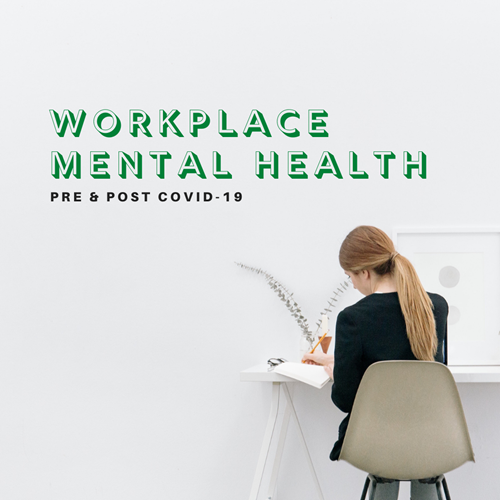A brief look back in history demonstrates a simple realisation – with all the money spent on stress awareness and management nothing has really changed.
2000 –The Health and Safety Commission [HSC] together with the Department of the Environment, Transport and the Regions [DETR] launched the Revitalising Health and Safety initiative, the aim of which was to reduce accidents, injuries and ill-health in the workplace by 2010. Identifying stress as one of its eight priority programmes in this initiative, the Health and Safety Executive [HSE] was set the following targets:
A reduction of 20% in the incidence of work-related stress by 2010 A reduction of 30% in the number of working days lost from work-related stress by 20102017/18 – HSE reported that 15.4 million working days were lost to work-related stress, depression or anxiety in 2017/18 (Labour Force Survey) with an average of 25.8 days lost per case. In total, 57 percent of all working days lost to ill health were due to stress and anxiety.. Additionally, over 500,000 people in the UK feel ill as a result of their level of work-related stress.
The number of people in the UK experiencing mental ill health has increased significantly over the past 18 years.
The S word (stress) has always been a problem
Why have we not reduced the “S” number as effectively as the “R” number? What can we learn from COVID-19?
With COVID-19 we focused on supporting the ones who displayed symptoms
We didn’t initially look at the sources of infection. As a result, infection rates continued to rise. In managing stress we have placed too much emphasis on helping those with symptoms. We are not disputing the value of CBT, counseling, or EAP’s but there needs to be an increased focus on proactive/preventative stress management within the workplace.
"You cannot clean a fish, place it back in a dirty pond and expect it to stay clean".
COVID-19 introduced track and trace to reduce cross-infection
In stress management, this is the equivalent of stress risk profiling. Businesses need to track the sources of pressure and build a strategy around managing risk.
COVID-19 had a strategy
The 2m rule. About 40% of all businesses have a wellbeing-related strategy. Businesses need a clear Stress Management Strategy consisting of a Primary, Secondary, and Tertiary level of intervention.
COVID-19 maximised guidance from experts and focused highly on collaboration.
In managing stress, businesses need to learn from experts and ensure managers, HR, OH and EAPs collaborate.
COVID-19 focuses now on prevention
Face masks as an example. We also know that those at higher risk are those who have underlying issues. In managing stress, we need to focus on building stress resilience and challenging people to make health improvements.
How should workplace mental health change post-COVID-19?
Follow the COVID-19 examples.
A good friend and expert wrote a book on this subject in 1994 before sadly passing away. It is a must-read for anyone serious about work-related stress – Managing Pressure for Peak Performance: The Positive Approach to Stress Paperback – 30 July 1994 -by Stephen Williams
Five questions to consider:
How do you know if an employee’s mental health is an issue? How confident are you that managers are equipped to manage stress-related issues moving forwards? What impact will work-related stress have on your business – can you bounce back carrying a huge weight? How will you measure if the interventions you deploy are having an effect? What is the potential impact of doing nothing?






















